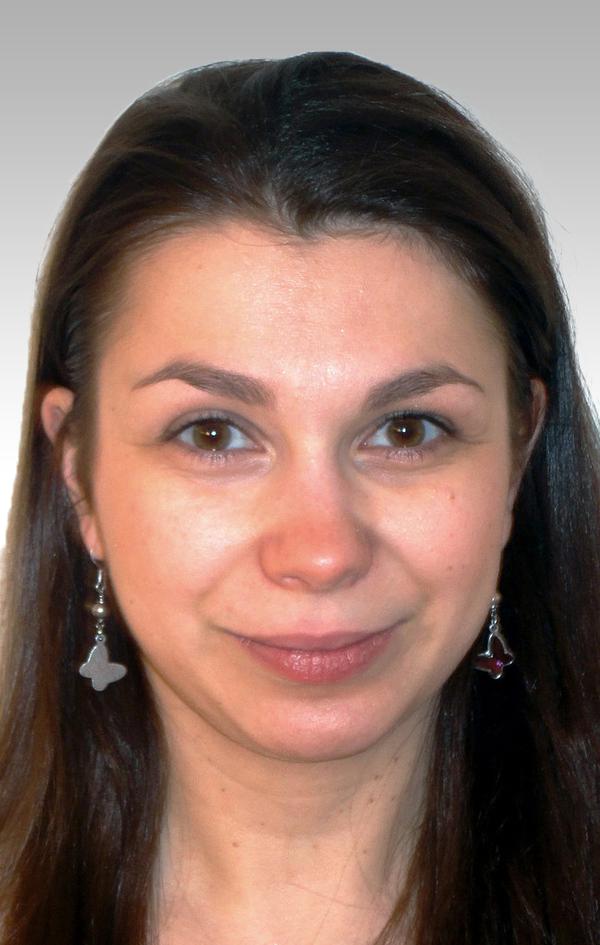An EU grant to learn more about earthquakes

Microscopic view of a slip zone © LEMR/EPFL
In a project called “Be Fine,” Marie Violay, a Tenure Track Assistant Civil Engineering Professor at EPFL, will use an innovative simulator to analyze the full seismic cycle from start to finish. Her project has been awarded an ERC Starting Grant and will kick off in March 2018.
Earthquakes typically take place in three stages. The first, the “locked” stage, is when a fault appears but remains static; this stage can last several centuries. The second, “nucleation,” is when the rupture begins to gain speed, and it can last anywhere from one hour to several years. And the third, “propagation,” is when slip occurs along the fault line and causes seismic waves to propagate. This stage lasts just a few seconds. The progression from one phase to the next and the role that underground fluids play in this process are little understood by scientists even today.
 But Marie Violay, a Tenure Track Assistant Professor at EPFL (see left) and head of the Laboratory for Experimental Rock Mechanics (LEMR), will attempt to fill this gap by analyzing a seismic cycle in the Be Fine project, which has just won a European Research Council (ERC) Starting Grant for nearly €2 million.
But Marie Violay, a Tenure Track Assistant Professor at EPFL (see left) and head of the Laboratory for Experimental Rock Mechanics (LEMR), will attempt to fill this gap by analyzing a seismic cycle in the Be Fine project, which has just won a European Research Council (ERC) Starting Grant for nearly €2 million.
The project team will use a promising new earthquake simulator called FIRST (Fluids Induced eaRthquake SimulaTor) that employs acoustic sensors and fiber optic technology. Designed in part by Violay herself, the instrument will enable the researchers to create small-scale deformations in rock samples under earthquake conditions, listen to the resulting seismic emissions, and measure tiny movements by the rocks and the rocks’ temperature during the nucleation and propagation stages.
“Our project includes a large fundamental research component to analyze and understand the mechanics of an earthquake and come up with equations to model those mechanics, as well as an applied research component to determine, for example, the seismic activity caused by injecting fluids such as water, saline solution and viscous fluids into geothermal and carbon sequestration reservoirs. Our ultimate goal is to generate data and develop equations that describe what happens during a seismic cycle,” says Violay. The data can then be used to better understand the behavior of existing large fault lines.
The statistical data collected during the five-year project will also be used to calculate how fast fluids can be injected or how deep wells can be drilled before potentially triggering an earthquake. “Until now technical obstacles have prevented us from taking this important next step. But we hope that with our new simulator, we can learn more about earthquakes caused by fluid pressure and about seismic activity that occurs naturally as a result of fluids,” says Violay.
The project will start on 1 March 2018. Violay’s team will include two PhD students and one post-doc student in addition to the researchers already involved.
Reference
Be Fine: Mechanical behavior of fluid induced earthquakes, 2018 ERC Starting Grant.